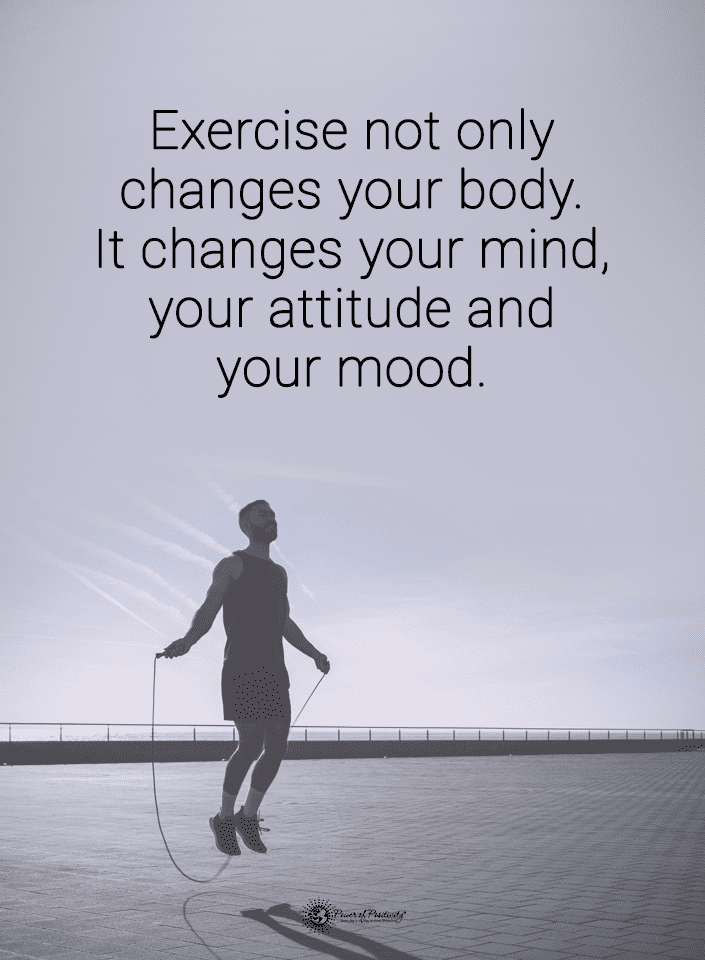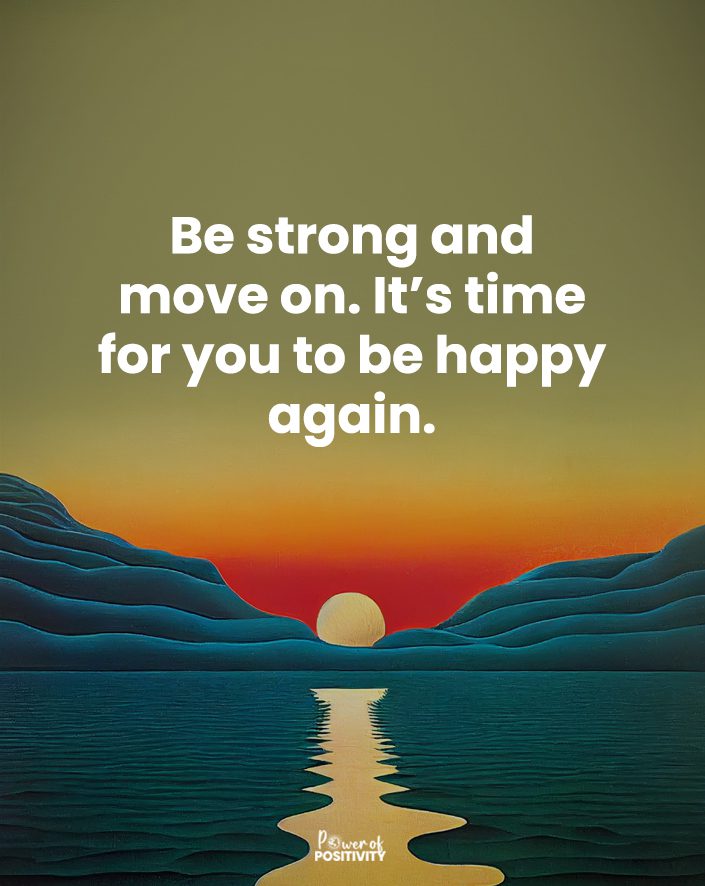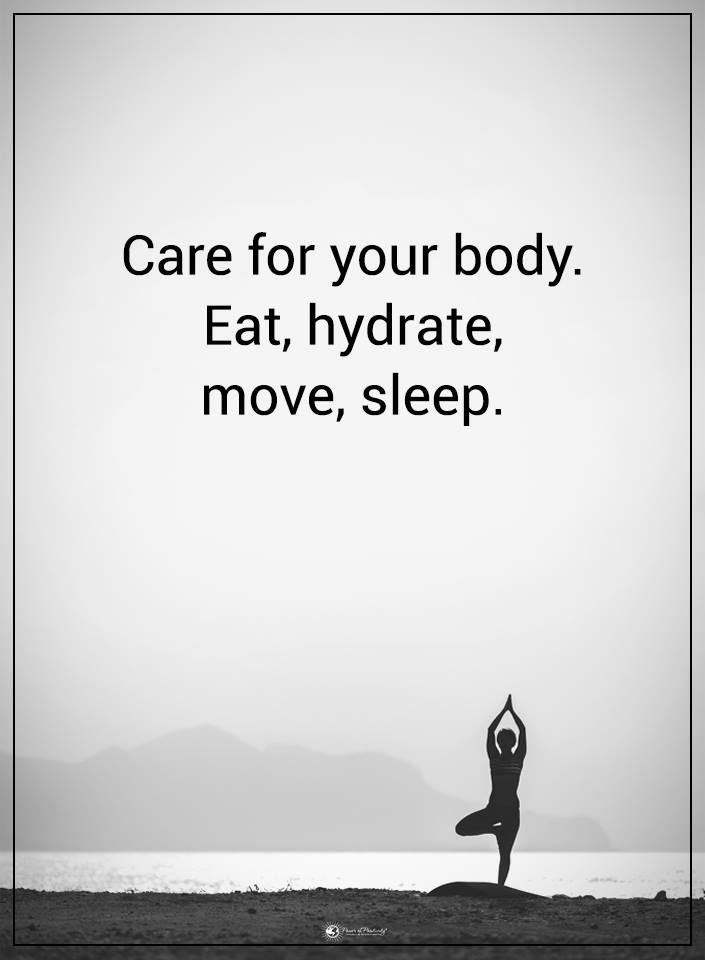Love is the most exquisite form of connection. In fact, it transcends words and encapsulates the essence of our shared humanity. It is a force that has shaped history, literature, and art, yet its truest expression lies not in grand declarations but in the subtle, consistent actions that weave the fabric of our relationships.
These actions serve as proof of undying love—an undeniably powerful affirmation that love is not just a fleeting emotion but an enduring commitment that stands the test of time. Relationships take center stage in the symphony of life, and understanding the significance of the actions that signify undying love becomes paramount. The depth of one’s love can be shown through consistent, caring actions and behaviors that prove an undying commitment.
In fact, we yearn for connections that anchor us, rock-solid relationships, and authentic partnerships. Therefore, recognizing and embodying the behaviors that underscore the depth of love is crucial. The foundation of genuine love lies not in promises of eternity. Instead, it shows in the everyday gestures, conversations, and choices that reflect an unwavering dedication to nurturing the bonds we hold dear.
Understanding Undying Love

Undying love resonates through the ages, harmonizing emotions and forging relationship commitment. In fact, it reflects the enduring love that defines the most meaningful relationships. This type of love is a haven in the storm, a sanctuary where individuals find solace, understanding, and a sense of belonging.
Understanding the layers of undying love unravels its emotional bonds in-depth, allowing us to grasp its profound impact on the human experience. It’s not merely an emotion but a force that shapes destinies, fostering connections that become the bedrock of our existence. Through a deeper comprehension of these actions, we unravel the essence of undying love and equip ourselves with the tools to foster relationships that flourish through the trials and triumphs of life.
As we explore undying love, let us embrace the power of these actions, not just as individual components but as a collective narrative of devotion. Each action is a brushstroke on the canvas of our relationships, adding vibrant colors to a tapestry that narrates tales of affection, loyalty, sacrifice, and understanding. Together, they form a melody that resonates with the authenticity and depth of a love that defies the boundaries of time.
1. Consistent Communication
Relationship communication serves as the lifeline of commitment, intricately weaving together the hearts and minds of partners. Beyond the realm of words, it is the vessel through which emotions flow, understanding deepens, and intimacy thrives. In the symphony of undying love, consistent communication is the conductor that orchestrates a harmonious connection.
Partners engage in open dialogues, sharing the highlights and challenges that shape their journeys. This exchange is a testament to their commitment to truly know each other—to navigate life’s complexities hand in hand. Within this framework, conversations are not mere information exchanges; they express an emotional connection. Partners confide their dreams, fears, and aspirations, cultivating an environment of trust and vulnerability.
This consistent communication is not confined to the good times; it endures through disagreements, offering a platform to resolve conflicts with empathy and mutual understanding. Through words spoken and unspoken, partners prove their unwavering investment in the relationship, showcasing that love is not static but a dynamic force that evolves through shared experiences.
2. Active Listening Reveals Undying Love
Listening becomes a profound declaration of love when practiced actively and empathetically. It’s an unspoken vow to be present, to lend an ear to words and emotions that linger beneath the surface. Active listening transforms ordinary conversations into heartfelt exchanges where partners feel heard, understood, and cherished.
Through this art, undying love blossoms—rooted in validating each other’s feelings and experiences. Listening isn’t passive; it’s a testament to an unending commitment to truly knowing and valuing one another. Active listening fortifies the emotional fabric of a relationship and has a transformative effect on relationship dynamics.
Partners cultivate an environment of mutual respect and emotional validation by genuinely hearing one another’s perspectives. Disagreements are not battles to win but opportunities to understand and grow together. Through active listening, undying love finds a platform to flourish—a platform rooted in empathy, understanding, and the genuine desire to nurture the connection.
3. Expressing Affection
Undying love finds its canvas in our relationships’ gentle strokes of affection. But beyond the grand gestures lies the profound impact of physical affection — tender touches, sweet glances, and soft caresses. These expressions speak a language that transcends words, communicating emotions that words may struggle to convey. In moments of physical closeness, partners find emotional intimacy.
In the tapestry of undying love, the gestures, touches, and words of affection create a symphony of emotions that lingers long after they are experienced, favoring relationship bonding. They are the constant reminders that love is not just a concept but a living, breathing force that thrives in the tenderness of a caress, the warmth of a gaze, and the sincerity of spoken words.
4. Unconditional Support
In the intricate tapestry of relationships, the thread of unconditional support weaves a powerful narrative of undying love. This support goes beyond the surface, embodying an unwavering dedication to being steadfast in each other’s lives. It’s a commitment to stand by one another’s side, regardless of the challenges.
Undying love shines through in partners’ actions, especially in adversity. It’s the reassurance that no matter the circumstances, they are there to share the load and provide solace. In the symphony of undying love, unconditional support is the harmonious note that resonates through every challenge and triumph.
It’s a pledge to be a constant ally, a reliable confidant, and an unwavering source of strength. Through this support, partners elevate their connection beyond the ordinary, painting a portrait of love that ensures emotional support, relationship stability, and partner support.
5. Sacrifices Are Part of Undying Love
In the realm of undying love, the canvas of commitment is painted with the brushstrokes of relationship sacrifices, each stroke a testament to the profound depths of devotion. Sacrifices are selfless actions that breathe life into the connection, solidifying the emotional investment partners have in each other’s happiness and well-being.
Sacrificing manifests undying love’s essence—a dedication to nurturing the relationship’s growth, fulfillment, and joy. Partners enrich each other’s lives and weave a narrative of devotion that defies the fleeting nature of time.

6. Honesty Is Fundamental in Undying Love
In the symphony of undying love, the melody of truth resonates as a cornerstone that upholds the foundation of a lasting and authentic connection. Relationship honesty is not just about revealing facts; it’s about fostering a sacred space of emotional transparency where partners can lay bare their souls without fear of judgment. This transparency serves as the crucible in which trust-building is forged and strengthens the bonds of intimacy.
Openly sharing thoughts, feelings, and fears is an act of utmost courage. It demonstrates a commitment to fostering a space where authenticity reigns supreme. The truth becomes a conduit through which partners navigate life’s journey, fortified by the knowledge that they share a sanctuary of transparency and acceptance.
7. Quality Time
Quality time is an exquisite thread intricately woven through the fabric of undying connections in the grand tapestry of love. Beyond mere moments spent together, it signifies a deliberate and meaningful investment in relationship bonding—a bridge that connects hearts on a deeper level.
Quality time is not merely a shared calendar event. Instead, it’s an intentional commitment to create experiences that foster an emotional connection. Quality time is where connections deepen, and laughter and shared moments form the bricks that build a lasting emotional bond. Partners cultivate a garden of undying love by investing time and attention in each other.
8. Loyalty Is Key to Undying Love
Relationship loyalty is the emblem of undying love—an unwavering emotional commitment that defies the transient nature of existence. It’s a promise to stand by each other’s side, irrespective of challenges or obstacles. This loyalty creates a sanctuary of trustworthiness, where partners find solace in knowing they have a steadfast ally. Loyalty becomes the cornerstone upon which a relationship’s fortress is erected, a testament to the enduring nature of love’s promise.
9. Apologizing and Forgiving
Apologizing and forgiving are the elixirs that rejuvenate relationships—a testament to emotional maturity and a commitment to mutual growth. An apology is a gesture that acknowledges shortcomings, fostering an environment of humility, understanding, and emotional maturity. Equally, relationship forgiveness transcends errors, nurturing a bond that remains unbroken even during conflict. The readiness to ask for forgiveness and to forgive showcases a love that extends beyond the limits of human imperfection. It also improves conflict resolution and facilitates healthy relationship dynamics.
10. Long-Term Planning
In undying love, future planning is a symphony of shared aspirations and relationship goals. Envisioning a future together embodies long-term commitment, trust, and a shared journey. Including a partner in one’s plans is a declaration of intent—a promise to traverse life’s myriad experiences side by side. Long-term planning is a roadmap to navigate life’s twists and turns.

Final Thoughts on Understanding the Behaviors of Undying Love
Understanding the behaviors that exemplify undying love becomes a compass guiding us toward genuine, lasting relationships. Each of these actions that show love represents a facet of love’s brilliance, telling a story of commitment.
These behaviors are not merely ingredients. Instead, they are the recipe for nurturing bonds that flourish amidst life’s challenges. By practicing these actions, we breathe life into relationships and set the stage for a love that perseveres.
















